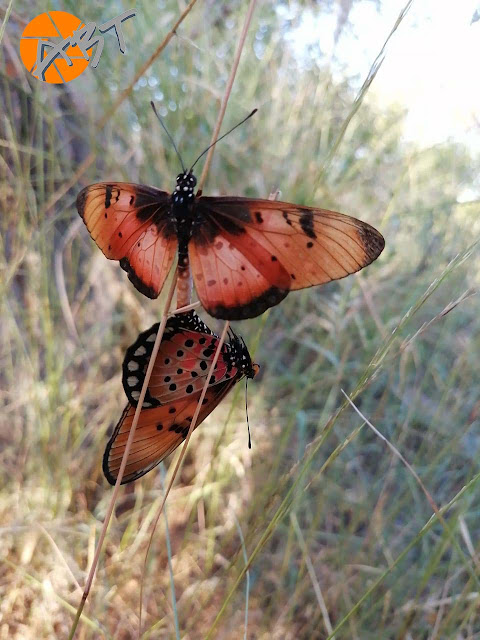WILDERNESS TRACKS & SIGNS COURSE

Learn more at https://abt-edu.com Contact us at Info@africanbushtraining.com DURATION: 7 Days Full-time Ever wondered what it was like before technology? When you had to follow an animal on foot to understand its habits and behaviour, if your answer is yes then this course is for you!!! Learning to track is a sacred art. It gives you the ability to merge with the wilderness and become one with nature... The course has been developed in partnership with renowned tracking specialists and experts, to provide students with an overview of animal tracks and tracking in remote wilderness areas. The course will give you a comprehensive understanding of the traditional skills of tracking animals, in their natural environment. During the course, learners will develop a keen awareness for all tracks and signs as well as following and finding animals in the bushveld. INCLUDED: Meals, Accommodation, Study Material, Shirt, Cap & Certificate STUDENT FEE: R 8 700:00





























